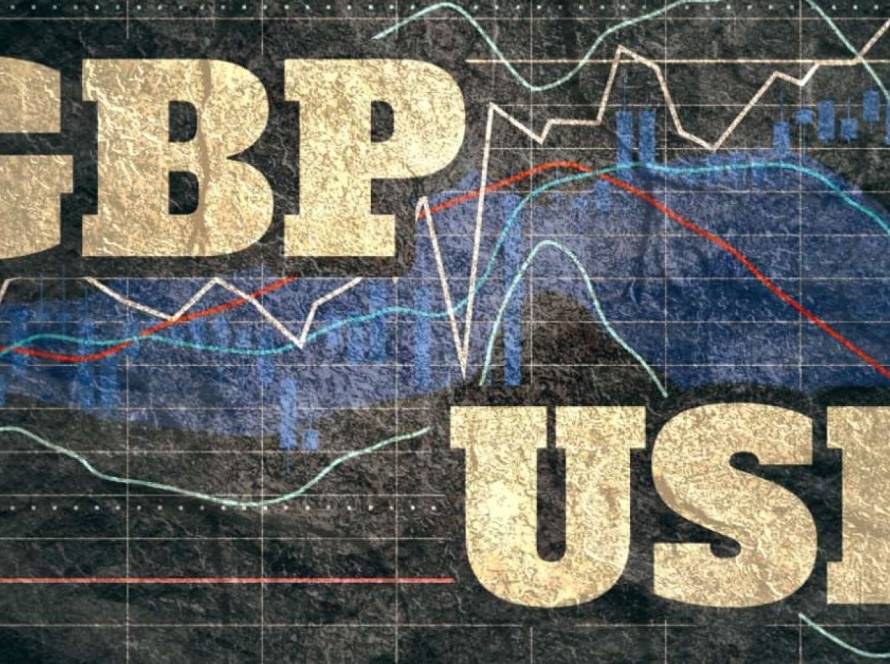In a month marked by economic uncertainty and shifting labor dynamics, the U.S. labor market continues to showcase its resilience. december’s payroll data, recently released by RBC Economics, reveals meaningful upside potential, reinforcing expectations that the Federal Reserve will maintain its current interest rate stance in the upcoming meeting. As job growth outpaces forecasts, analysts are revisiting their projections for inflation and economic stability, highlighting the intricate balance the Fed must navigate amid fluctuating economic indicators. this article delves into the implications of December’s payroll figures and what they could mean for monetary policy moving forward.
Big upside in December U.S. payrolls cements a Fed hold this month – RBC Economics
In a remarkable turn of events,the December U.S. payrolls have delivered a robust performance, providing a crucial indicator for potential Federal reserve actions. this surprise surge in employment figures is largely driven by dynamic growth across various sectors,indicating a revitalized economic momentum as the year wrapped up. Industry experts highlight several key drivers behind this upswing:
- Significant boosts in healthcare and leisure and hospitality jobs.
- A notable uptick in manufacturing employment.
- resilient hiring trends observed in the technology sector.
To visualize this trend, the following table illustrates sector-specific growth that supported the payroll boost in December:
| Sector | Employment Growth (%) |
|—————————-|———————|
| Healthcare | 3.4 |
| Leisure and Hospitality | 2.8 |
| Manufacturing | 2.1 |
| Technology | 1.9 |
The notable payroll expansion has crucial implications for economic forecasts and monetary policy. RBC Economics predicts that the Federal Reserve might maintain its current stance due to these employment gains. The payroll numbers provide an indicator that while inflation concerns linger, the economic fundamentals are strengthening. This momentum could potentially lessen the urgency for immediate rate hikes. This growth prompts discussions around:
- The Federal Reserve’s long-term strategies regarding interest rates.
- Possible impacts on consumer spending and investment patterns.
- Regional variations in employment trends and their effect on localized forecasts.
Considering these developments, economic analysts suggest a careful balance in monetary policy to foster sustained growth while managing inflation challenges. As market observers keep a keen eye on the Fed’s response, the evolving employment landscape will undoubtedly play a critical role in shaping future economic narratives.
Wrapping Up
As December’s payroll data unveils significant growth, it strengthens the narrative for a Federal reserve pause in interest rate adjustments this month. RBC Economics highlights that the robust job creation statistics not only reflect resilience in the labor market but also provide a buffer against potential economic uncertainties. With inflation concerns remaining prevalent, the decision to hold rates could enable the Fed to gauge the ongoing impacts of previous hikes while supporting continued economic stability. Investors and policymakers alike will be closely monitoring upcoming indicators to assess the broader economic landscape as we head into 2024. The consensus is clear: strong payroll numbers provide a crucial foundation for the Fed’s imminent policy decisions,shaping the future trajectory of the U.S. economy.






